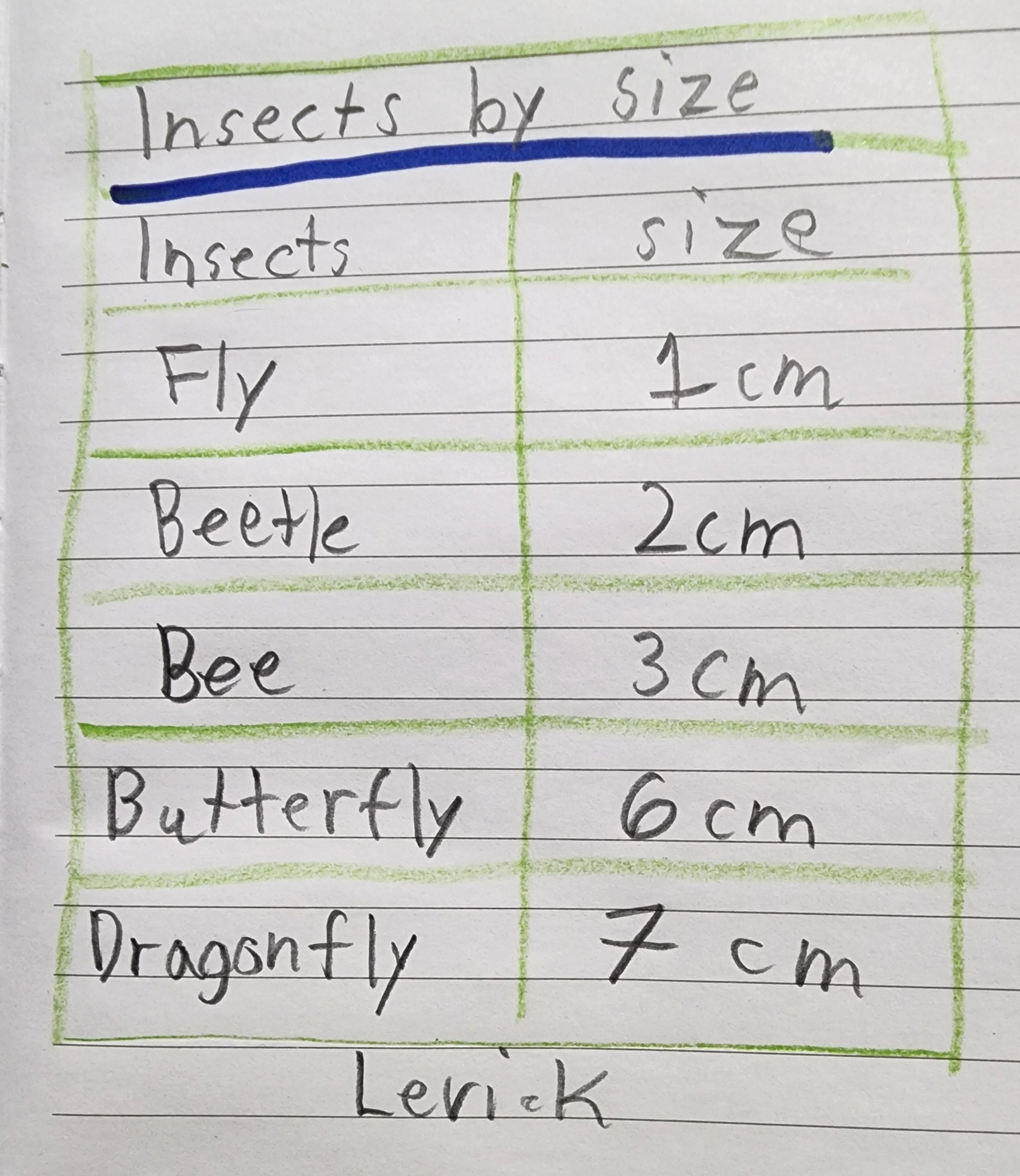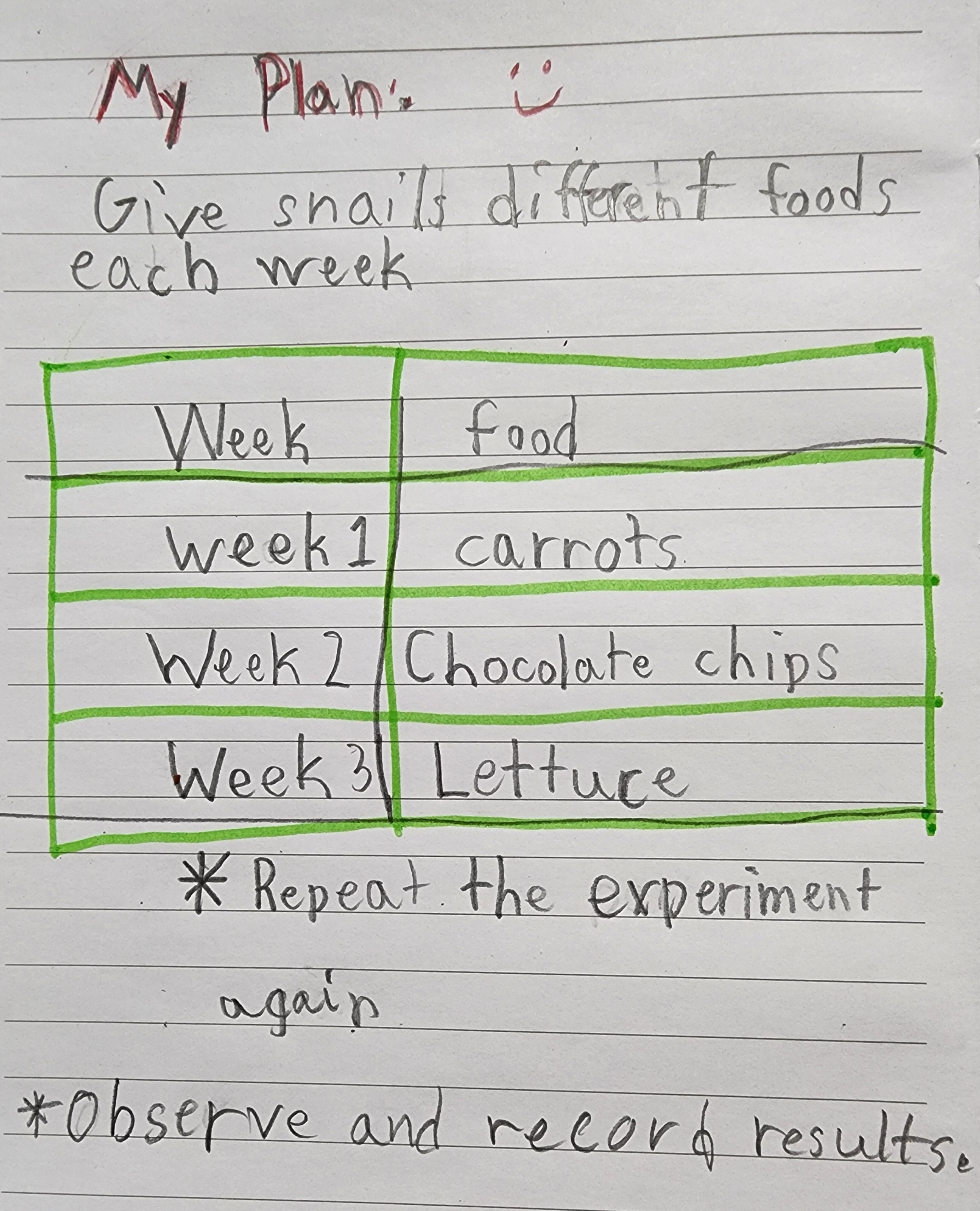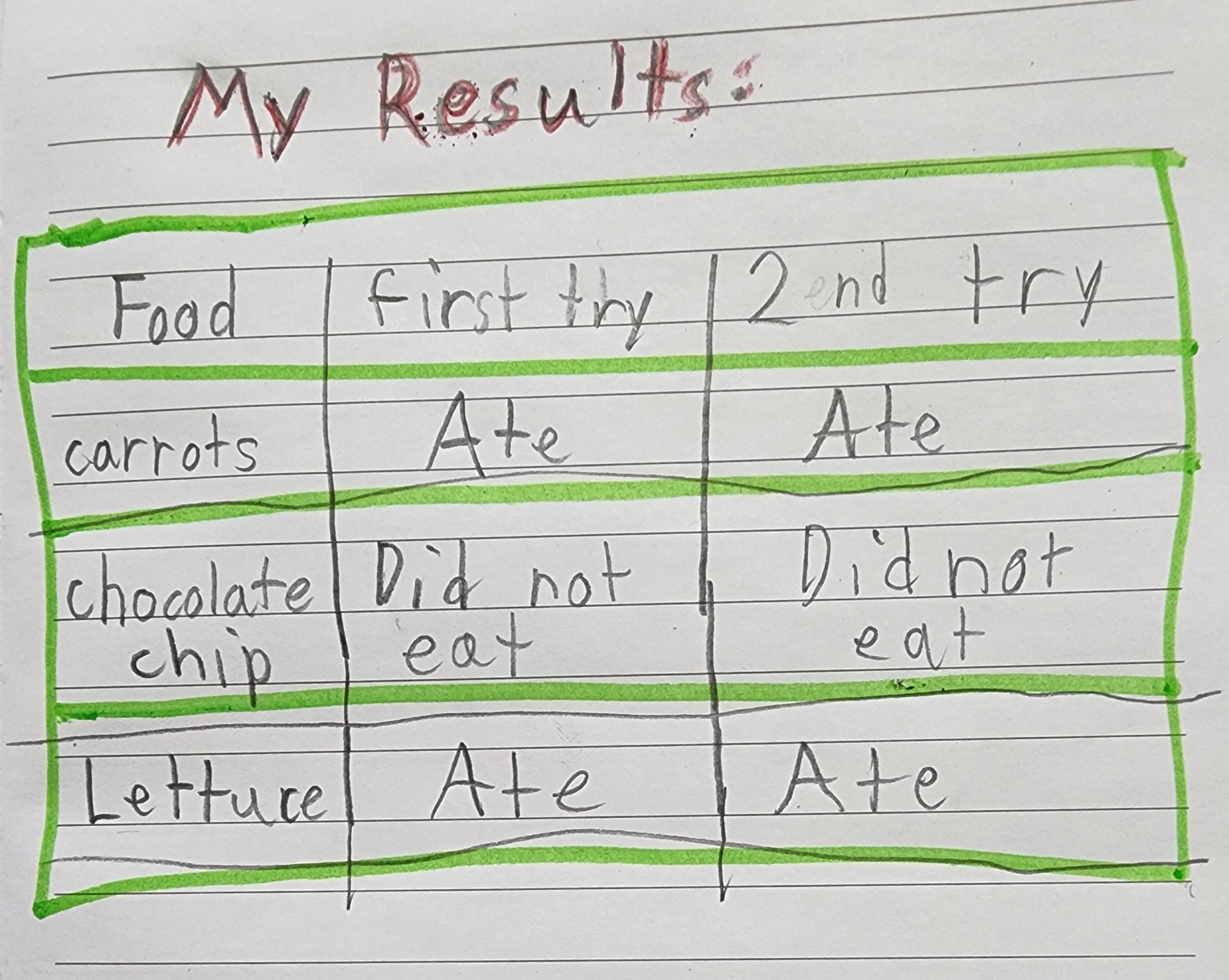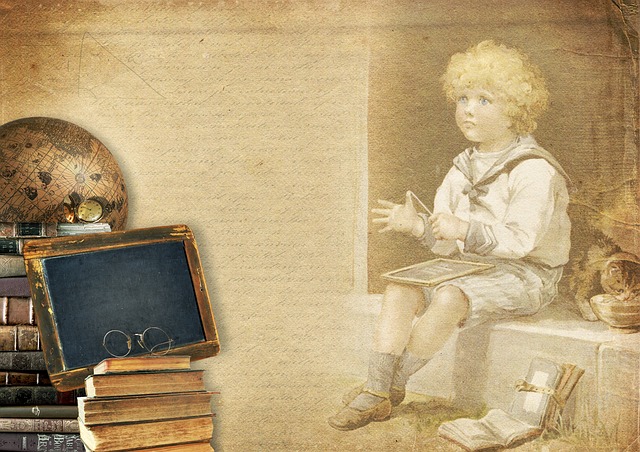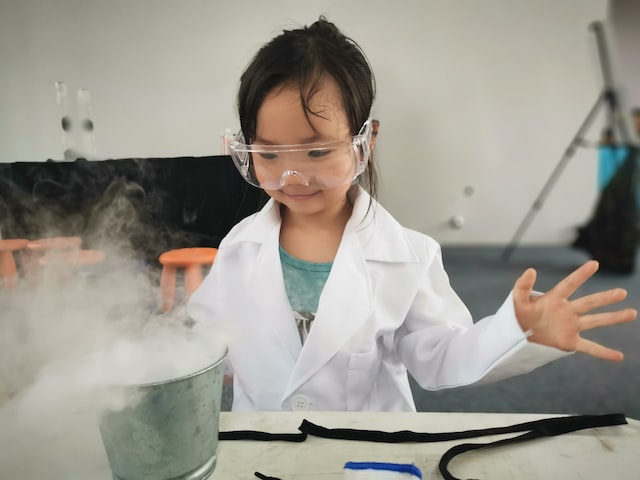A scientist is a person who loves to find out new things, or to explain why existing things are the way they are. Scientists create new knowledge. The new knowledge could be used to develop products like new medicines.
Many years ago, scientists were thinkers and most of them were philosophers who were interesting in explaining the world as they lived in.
Archimedes (287-212 BC)

Archimedes of Syracuse was a Greek mathematician, physicist, engineer, astronomer, and inventor from the ancient city of Syracuse in Sicily. He is regarded as one of the leading scientists in classical antiquity. Considered the greatest mathematician of ancient history, and one of the greatest of all time.
The most popular story about Archimedes tells of how he invented a method for determining the volume of an object with an irregular shape. A votive crown for a temple had been made for King Hiero II of Syracuse, who had supplied the pure gold to be used; Archimedes was asked to determine whether some silver had been substituted by the dishonest goldsmith. Archimedes had to solve the problem without damaging the crown, so he could not melt it down into a regularly shaped body in order to calculate its density. One day, Archimedes noticed while taking a bath that the level of the water in the tub rose as he got in, and realized that this effect could be used to determine the crown's volume. He inferred that submerging the crown would displace an amount of water equal to its own volume. By dividing the mass of the crown by the volume of water displaced, the density of the crown could be obtained. This density would be lower than that of gold if cheaper and less dense metals had been added. Archimedes then took to the streets naked, so excited by his discovery that he had forgotten to dress, crying "Eureka!" (Which means 'I have found it!'). The test on the crown was conducted successfully, proving that silver had indeed been mixed in.
